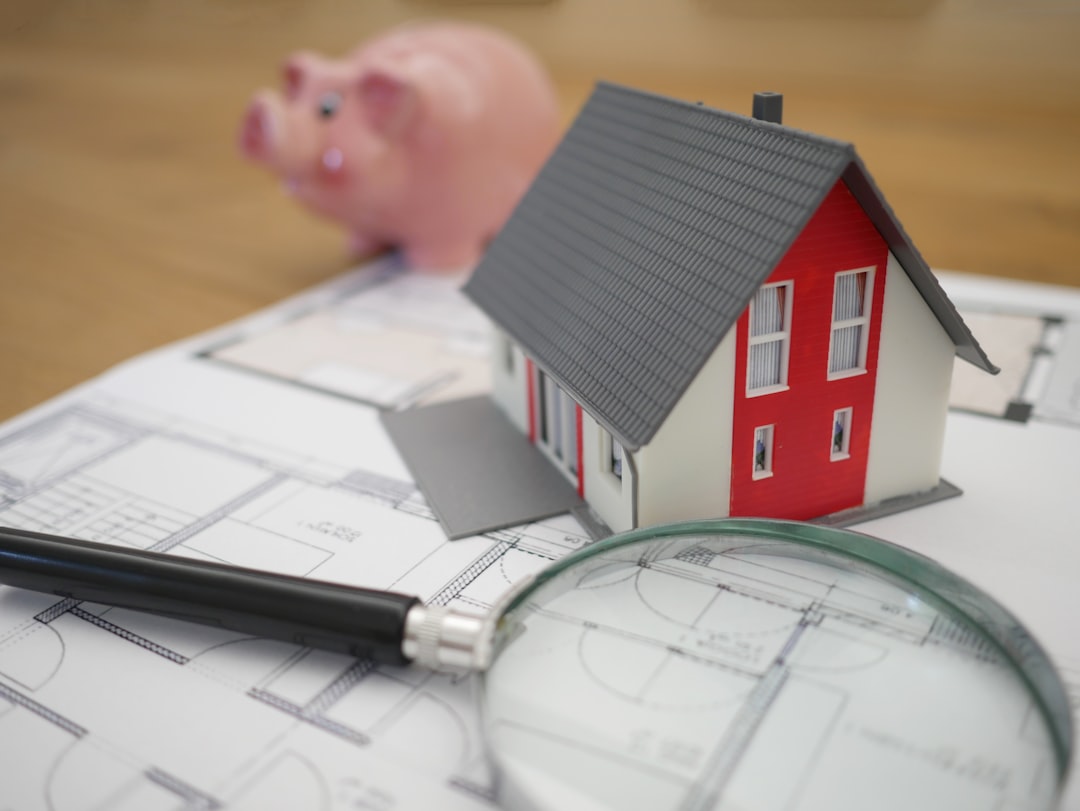The Legacy of Red-Lining: Racist Home Appraisals
Millions of recently released records show that racist home appraisals are a real and growing problem
I’d love to keep revealing the ways racism exerts ongoing and detrimental impacts
on our well-being so that we can DO something about it. My paid subscribers make this possible. Would you consider becoming one today?
We often think of red-lining—the practice that relegated Black people and other people of color to certain neighborhoods—as a bygone policy that illustrates how the racial wealth gap was created.
It would be a mistake, however, to think that homeownership has transcended the racist history of legalized red-lining. The practice maintains a legacy in the form a ubiquitous but under-examined practice—home appraisals.
In a new study called “Appraised: The Persistent Evaluation of White Neighborhoods as More Valuable than Communities of Color” by Dr. Junia Howell and Dr. Elizabeth Korver-Glenn, they examined recently released records of appraisal reports—the first time such data has ever been available for this kind of study.
The data scientists looked at cities that had metro areas of over 500,000 people and at least 50,000 people of color. The findings were clear—"The higher the proportion of white residents in each community, the higher the appraised value of individual homes.”
And the problem is getting worse. The report also states that, “Among other results, we find that neighborhood racial inequality in appraised values grew by 75% in the past decade and that the COVID-19 pandemic and its associated monetary policy further exacerbated this inequity.”
The Bureau of Labor Statistics shows that 97 percent of home appraisers are white. Such a racially lopsided industry is acutely vulnerable to unconscious bias against Black homeowners and other people of color.
This report on racial inequality in home appraisals demonstrates once again that racism is less a matter of attitudes than assets. The detrimental effects of racism are not only psychological but material as well.
A lack of wealth negatively impacts all kinds of quality-of-life factors such as access to quality health care, the resources available for formal education, and what resources can be passed on to the next generation.
Until our elected officials, business owners, pastors, and the populace treat racism as a crisis of material inequality and not simply one of personal prejudice, the gaps in wealth and well-being will continue to grow.





i AM VERY INTUNED TO RED LINING EFFECTS ON BLACK PEOPLE. THE BOOK THE LAW IS RED REALLY HIT HOME FOR ME. THIS ADDS TO MY AWARENESS. THANK YOU.
TED JOHNSTONE OTTERTEJ@GMAIL.COM
Regarding real estate it is my understanding that the purpose of appraisal of homes is to increase property taxes and if the home buyer feels the amount of the tax is too high they can ask for a review of the appraisal to lower the tax. If so, could that be a reason there is a disparity in real estate appraisals concerning neighborhoods? I am not arguing about the situation, it is more of a question to the little knowledge I have regarding real estate appraisals.
We are a retired white couple that live in what could be defined as a Red Line area. We bought our house in 2005 for $102,000 and today people are listing their homes for sale at $200,000. Our real estate taxes have been raised accordingly.
The homes in this area are 50 or 60 years old and many need remodeling. We have done some remodeling to our home. I do not know what the homes in our development have been sold for but I am sure they were sold close to the appraised value if they were remodeled.